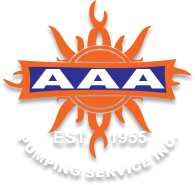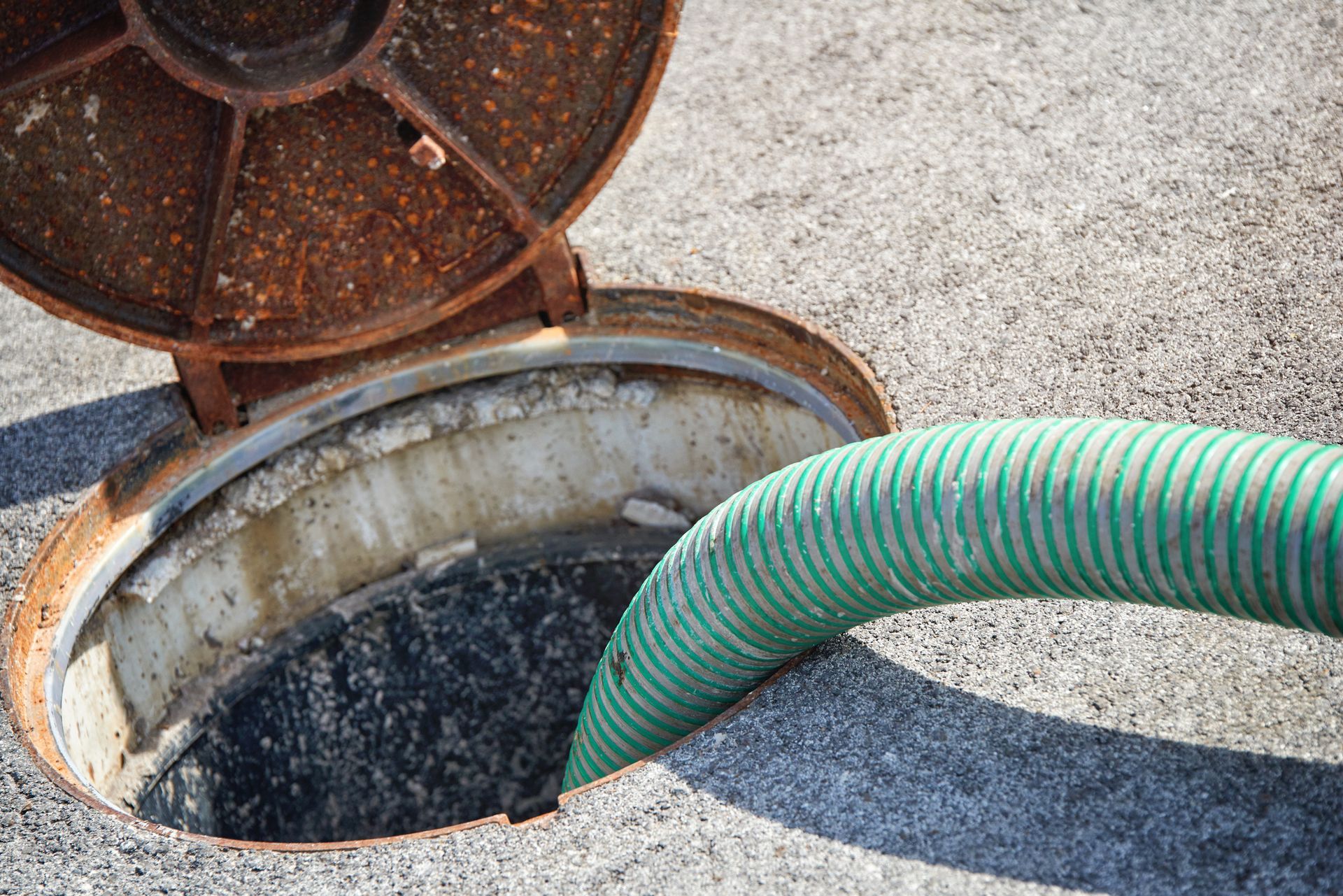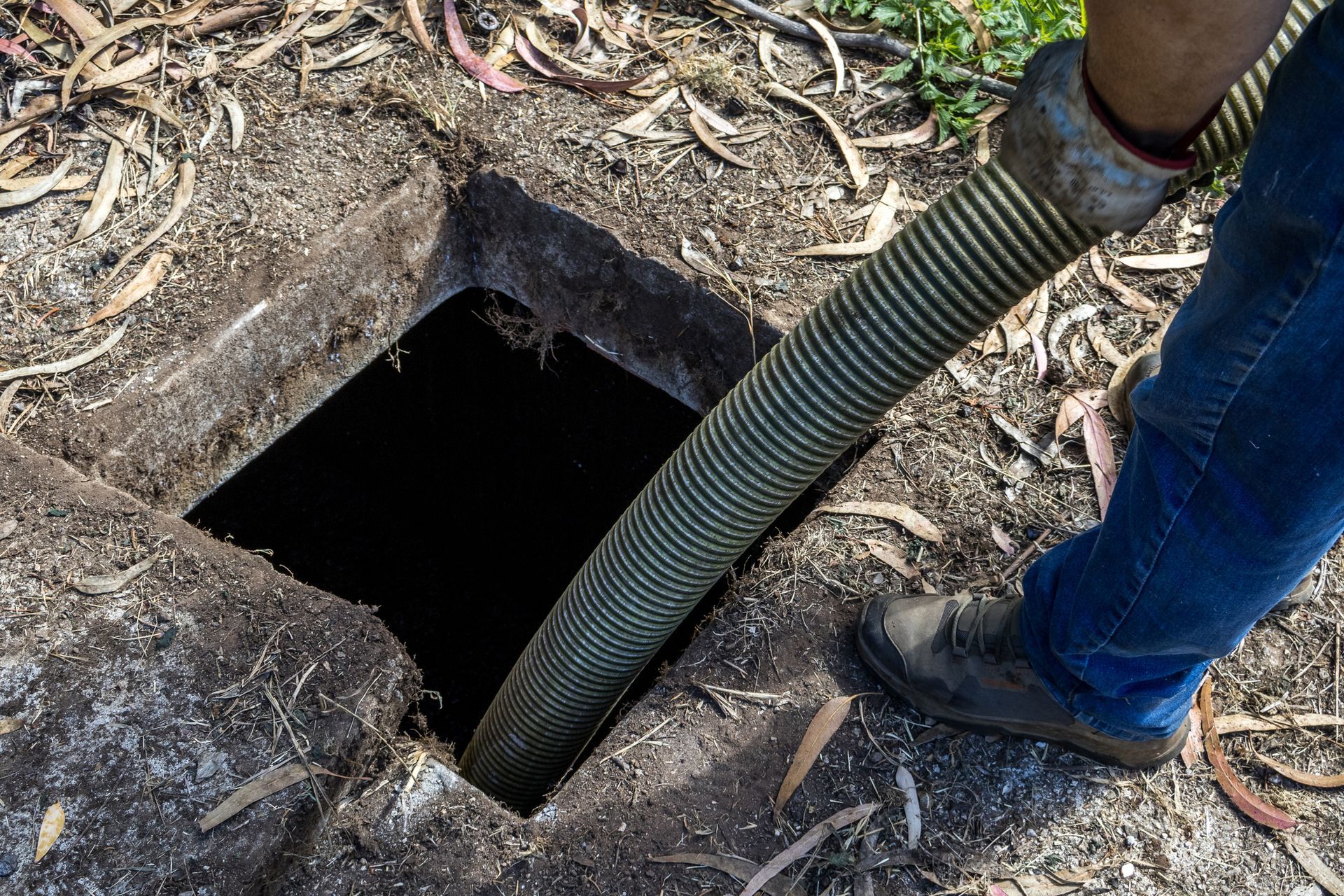Tackling Drainfield Problems in Your Home Septic Tank System
If you live in an area that isn't serviced by municipal sewer systems, operating a septic tank system is the safest and most efficient way to dispose of household waste and sewage. However, while a well-installed septic tank system is generally extremely reliable, they can suffer from some serious problems if they are misused, poorly maintained, or improperly installed.
Issues with your septic tank system's drainfield can be some of the most serious. Rehabilitating a saturated, contaminated, or poorly-designed drainfield can be both expensive and labor-intensive, so responsible septic tank owners should always try to prevent drainfield problems from occurring and tackle minor drainfield problems before they get worse.
What Is a Septic Tank Drainfield?
When wastewater, liquids, and sewage from your home are flushed down drains or toilets, they enter the septic tank buried underneath your property. However, this tank is only designed to retain the solid matter and sewage that passes through your drains (known as sludge), as well as any oil or grease you flush away (referred to as scum). Scum floats on top of the liquid waste inside the tank, while solid sludge sinks to the bottom.
Once the scum and sludge has been separated from the wastewater inside your septic tank, the wastewater, which is now relatively clean, flows out of the tank and into a designated patch of earth and soil next to the tank. This is the drainfield.
As the wastewater percolates through the soil of the drainfield, harmful bacteria are killed and other contaminants are naturally filtered away, purifying the wastewater before it reenters the water cycle. This makes the drainfield one of the most important components of any residential septic tank system.
How Can Drainfield Problems Affect Your Septic Tank System?
The soils used to create drainfields are specially chosen for their porosity, and they can absorb and filter enormous amounts of wastewater. However, if your septic tanks expels wastewater too quickly or your area suffers from prolonged periods of wet weather, the drainfield can become saturated and unable to absorb any more moisture.
When this occurs, wastewater can no longer flow out of the septic tank. Instead, it will back up inside the system until the tank overflows. In extreme cases, this can cause sewage and wastewater to flow back through the drainage pipes and into your home. It may also cause pools of standing water to appear in your yard, and standing water can affect lawn growth.
Drainfield problems can also occur if there is too much solid sludge inside the septic tank. If sludge levels get too high, they will start to flow into the drainfield along with the wastewater. This can cause serious blockages in the outflow pipe and will significantly decrease how much liquid your drainfield can safely absorb. Sludge outflow can also cause widespread contamination of the drainfield and may create a significant health hazard.
Finally, the soil in your drainfield can become too compacted to absorb water effectively, which can also cause wastewater to back up in your septic system. This issue is less common, but it may occur if you park vehicles or store heavy objects on your drainfield. Large trees can also compact drainfield soils with their roots.
How Can You Prevent Drainfield Problems From Occurring?
Excess sludge flowing into the drainfield is a common problem, but it is also easy to avoid. Having your septic tank pumped regularly (at least once a year) to remove solid matter will reliably prevent problems with excess sludge. Make sure that your pumping is performed by a reputable septic tank service company.
However, if your drainfield is showing signs of compaction or saturation (such as standing water pools, uneven grass growth, or a foul odor), you should have your septic system professionally inspected and, if necessary, repaired or upgraded. These drainage problems may be caused by one-off problems, such as hidden leaks in your home, but they can also be caused by poor drainfield design or construction that may need to be professionally rectified.
As you can see, every septic tank owner should take steps to avoid drainfield problems in their future. If you have any more questions about drainfields or septic tank systems, contact the septic system experts at AAA Pumping Service Inc.








